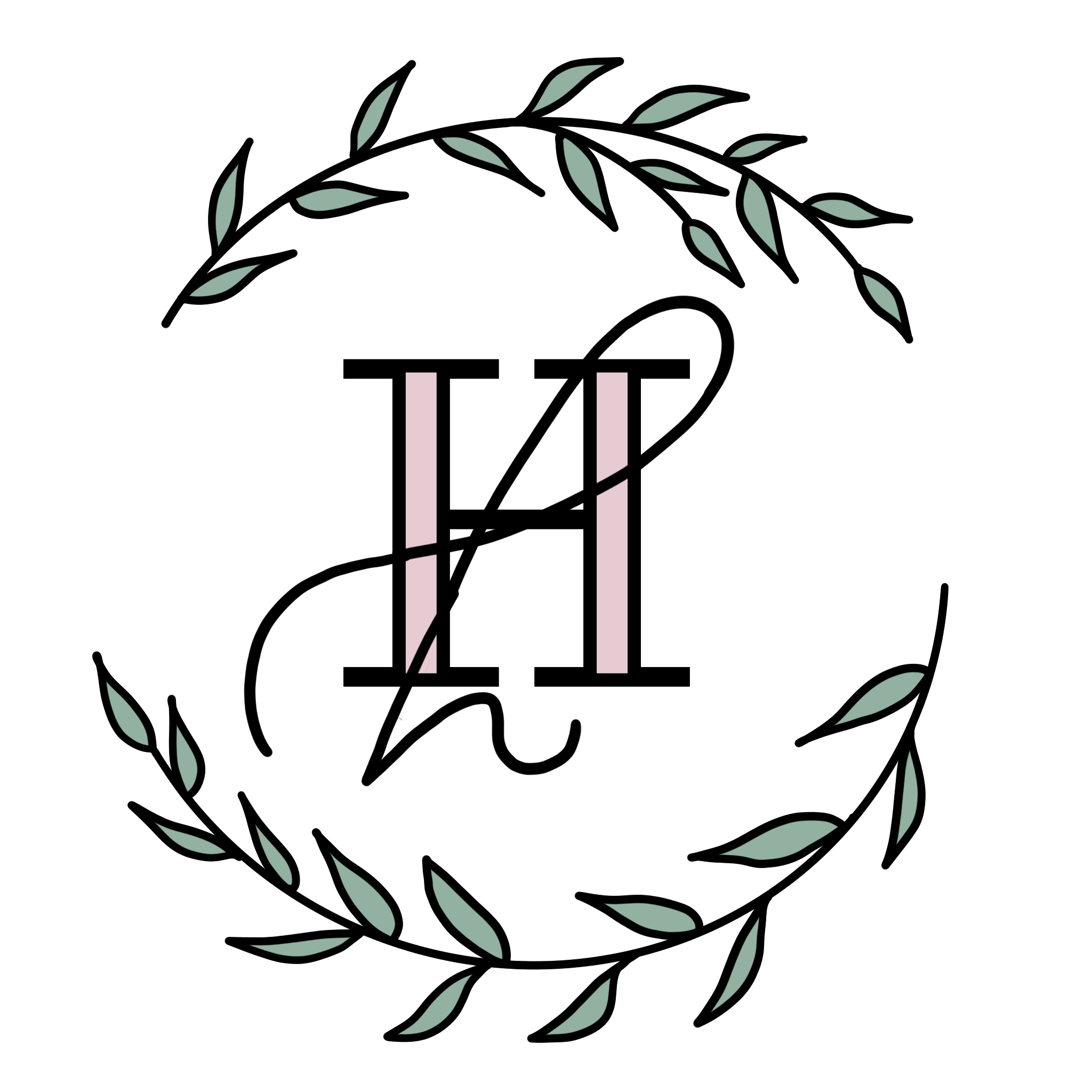This post contains affiliate links. By using these links to purchase your embroidery supplies, you are supporting Homebody Handmade. Thank you!
Embroidery is not only a beautiful art form but it's also been shown to have a positive effect on mental health. Taking up embroidery can be a great way to relieve stress, increase mindfulness and get your creative juices flowing.
If you're new to the craft, it can be overwhelming to figure out where to start. That’s why this blog post exists! Here, you’ll find a list of the five essential embroidery tools you'll need, plus a few bonus tools that will make your life easier!
These first five are technically all you’ll need to start making beautiful embroidered works of art, but make sure you take a peek at the bonus supplies that will really help you stay organized and ready to master the art of embroidery.
1. Embroidery Hoop:
The embroidery hoop is essential to keep your fabric taut and in place while you stitch. Taught fabric prevents a wrinkled finished piece. You can use either a wooden or plastic hoop depending on your preference.
2. Needle:
The type of needle you use will depend on the type of embroidery you're doing and the weave of the fabric you’re working on. For most projects, an embroidery needle, tapestry needle, or chenille needle will work. Remember, the smaller the number on the needle, the larger the hole, and easier to thread.
3. Embroidery Floss:
DMC thread is the gold standard when it comes to needlework thread. It's available in a wide variety of colours and thicknesses, so you can choose the perfect shade for your project. The standard thread you’ll find is their Six Strand Embroidery Floss which can be used as-is or split down into smaller groups of threads to achieve different looks and textures in your project.
4. Fabric:
The fabric you choose will depend on your project. Kona cotton is a great option for learning embroidery. You can also find fat quarters of quilting cotton at your local craft store or at Walmart. Once you master stitching on cotton, you might try stitching on tulle, linen or silks!
5. Snips:
You'll need a good pair of scissors to cut your thread. It's important to keep them sharp so you can make clean cuts. And as long as the snips are smaller than 4 inches, they can even be brought on an airplane in your carry-on luggage!As mentioned, these first 5 tools are all you really need to get started, but if you’re anything like me, you want to craft with excellence - and that means having the right toolkit!
These are my top five of the many tools that will make your embroidery life even easier:
- Bobbins: Wrap and label opened skeins of thread to keep them organized.
- Thread Box: Keep bobbins neatly stored for future use.
- Hoop Stand: Free up your hands to perform more complex stitches like French Knots and Turkey Work and help your posture a little bit!
- Needle-minder: A strong magnet used as a place to set your needle when you're not actively stitching.
- Needle Threader: A device designed to help get those pesky threads into the teeny tiny eye of the needle.
Choosing the right tools is important, but it's also essential to choose the right pattern for your skill level. Check out the Homebody Handmade pattern shop for a wide range of patterns that cater to different skill levels.
Remember to always choose high-quality tools to ensure the best results. By using the right tools and following the proper techniques, you can create beautiful embroidery projects that will last a lifetime. Happy stitching!


1 comment
This is so Very good in to the Students and help their Many Students in the world